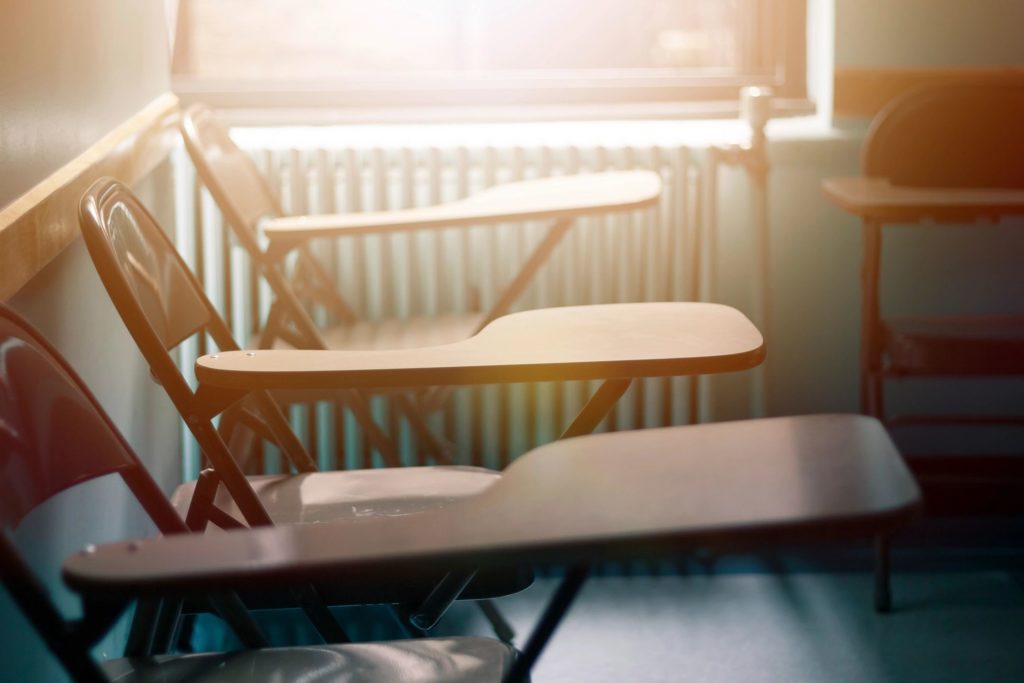At Least Half Of All U.S. Schools Are Short Staffed
A nationwide survey of school principals found that at least half of all U.S. schools are reportedly understaffed amid the teacher shortage crisis.
The ongoing teacher shortage has been discussed by schools, parents, communities, and lawmakers. It is a problem that isn’t likely to be resolved anytime soon or with quick changes. Now, a recent report has displayed the widespread effects of this issue, claiming that at least half of United States public schools are experiencing staffing shortages.
But does this updated report properly display the situation? The National Center for Education Statistics conducted a survey last month which involved 904 school principals and merely questioned them regarding staffing issues. A whopping 53% of those who participated stated that they felt as if schools were understaffed.
This places undue burden on the teachers remaining in the profession while also straining students. While movements for smaller classroom sizes continue to grow, the possibility of realistically shrinking class sizes is becoming more difficult as fewer college students choose to enter the education field, current teachers are leaving in droves, and support for education itself has dropped significantly. This has led to a massive teacher shortage which is just now being fully realized years after it began (stemming before the pandemic).
How principles feel and what actually is doesn’t always align. Teachers also support smaller class sizes, and though it may prove to be a more positive learning experience for children, the fact of the matter is that educating 20-30 children at a time has been a public school standard for decades. Changing that would take much more than just ending the teacher shortage.
In addition, public school enrollment rates and attendance is down. Districts are serving less students than ever, so although the teacher shortage is being described as a “crisis” situation, it may in fact, be less concerning than parents are led to believe. It has also been suggested that there is evidence that the teacher shortage doesn’t even truly exist.
A Pennsylvania school report from the Commonwealth Foundation — based on data, not feelings — found that the state is hiring more teachers despite decades-long enrollment drops. In essence, classroom sizes have been shrinking for over 20 years as area districts have experienced a more than 16% decline in students served, leading parents to question the nature of claims that schools need more funding to combat the teacher shortage.
This is not exclusive to just one state. Across the nation, districts are hiring more teachers as they experience significant losses of students served. With less students to teach, it would be logical to conclude that a teacher shortage would not adversely affect the situation being that less children in class leads to a lack of need for increased hiring practices.
Furthermore, it has become a common political talking point to demand that schools receive more funding (despite serving less children and displaying low proficiency rates) based on fears surrounding the teacher shortage. Public school districts have a lot to gain by encouraging principals to claim that they are understaffed even if their teachers are serving less students. They already received record amounts of funding due to COVID relief packages and misused these funds to implement politically biased lessons into classrooms, now states are passing historically high education budgets which are not proven to aid the situation.

While the teacher shortage may be felt in some areas, there is evidence that it coincides with a student shortage. In addition, the new information released is based on the opinions of principals polled, and human error is likely high in such situations. How this sways the future of public education is highly seeded in politics and funding measures, so school staffing is a much more complex issue than what is being presented in the new report.



